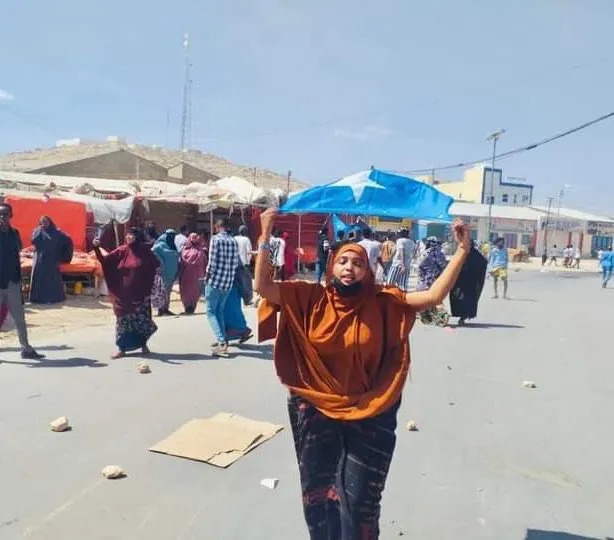By Safiya Warsame, BA International Relations
Laascaanood (pronounced Las Anod), a city located in the north of Somalia, has recently faced a period of intense violence and dispute. The situation in the city has drastically escalated, leaving many concerned about the future of Laascaanood and the safety of its residents.
The roots of the conflict date back to the colonial era, when Laascaanood was considered a part of the former British protectorate. Following Somalia’s independence from Britain, the Somaliland government attempted to regain control of the former British territories and was successful following the battle of Laascaanood in 2007.
Clan affiliations hold significant importance in Somalia’s politics and social landscape, and they continue to influence the ongoing conflict over Laascaanood. The neighbouring cities Laascaanood, which are categorised under the Sool region, were considered to be a part of the Puntland state and are primarily inhabited by the Dhulbahante clan, who are historically associated with the Puntland state as well. While Laascaanood consists of a Dhulbahante majority, the city is currently under Somaliland authority, although the majority of its citizens view it to be a part of Somalia and not the Somaliland administration. This is because the city once was a part of Puntland but was captured and occupied by Somaliland authorities following a conflict in 2007, continuing to remain territory disputed by Somaliland and Puntland. Since then, especially after 2010, tensions in the city have remained high, with periodic outbreaks of violence and protests against the administration following the killings of influential intellectuals and officials who belong to the Dhulbahante clan by unidentified perpetrators in 2010.
“Tensions in the city have remained high, with periodic outbreaks of violence and protests against the administration following the killings of influential intellectuals and officials who belong to the Dhulbahante clan by unidentified perpetrators in 2010.”
Since December 26th, the citizens of Laascaanood have been united in their outrage following the killing of Abdifatah Hadrawi, an influential Dhulbahante politician. The killer remains unnamed and unknown; however, citizens feel frustration and anger towards the Somaliland government. Some rumours are being circulated about why these attacks are occurring, including the assumption that the Somaliland authorities are behind these attacks. This has stoked upheaval against the Somaliland government. Citizens also believe that the Somaliland officials are failing to pursue the culprits of these killings, leading to protests that escalated to ongoing violence and this push toward removing all Somaliland authority figures from the city.
There have been reports that there was a period when the Somaliland authorities cut off the internet and phone lines in Laascaanood from the rest of the world, leaving those who reside in the city out of communication with the outside world.
The situation in the city is extremely volatile, with ongoing violence and bloodshed. According to recent accounts, deadly clashes have erupted between Somali demonstrators and Somaliland officials, leaving around 100 people dead, 400 injured, and thousands displaced. These figures are constantly rising. According to the United Nations, it has been estimated 185,000 people have fled the city and have become displaced as a result of these violent clashes.
The issue has received some attention from international organisations. In a recent tweet, Amnesty Eastern Africa expressed concern over the escalating violence and humanitarian crisis. The organisation stated that they are closely monitoring the situation and are ‘appalled by reports of large numbers of people killed, injured and displaced, and damage to homes and a hospital. Unlawful killings and other violations must end and there must be immediate unhindered access for humanitarian actors.’
The situation continues to unfold and escalate with deep-seated divisions and territorial disputes. The violence and instability in the city have raised concerns about the trajectory of Laascaanood, and many are calling for urgent action to address the killings and end Somaliland’s control over the city.
Photo Caption: Laascaanood locals protesting against Somaliland control (Credit: Horn Dispatch).
